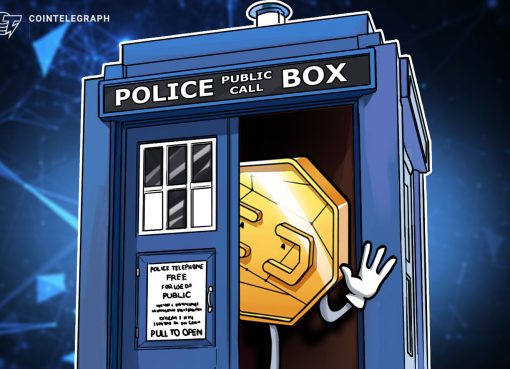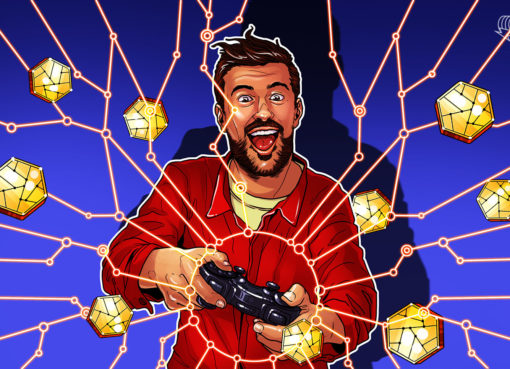If you are prone to skimming the financial news, you may have noticed the word “blockchain” popping out at you a few times. Perhaps you even read up on the concept, but are still unsure of what exactly blockchain technology is. That’s okay, seeing as blockchain sounds more like the latest type of kid’s toy.

When learning about blockchain technology, and many suggest you do as it’s the wave of the future, there are two things to keep in mind: 1) the blockchain is thought to be the main technological innovation of Bitcoin, and 2) there are three principal technologies that merge to create a blockchain. In fact, none of them are new at all. Rather, it is the orchestration and application that makes it new.
The technologies are:
– Private key cryptography
– A distributed network with a shared general ledger
– A drive to service the network’s transactions, security, and record-keeping
Here’s an explanation of how these principal technologies work together to protect digital relationships.
Private Cryptographic Keys.
Okay, picture this scenario: Two people are hoping to transact over the internet, and each of them is owners of both a private key and a public key.
The aim of this component of blockchain technology is to develop a secure digital identity reference. It is important to note that identity is based on possession of a combination of public and private cryptographic keys.
When these keys are combined, it can be seen as a form of consent, creating a highly useful digital signature.
In turn, the digital signature helps to provide strong control of ownership.
Identity
However, control of ownership is not enough to keep digital relationships safe. Even though the problem of authentication is solved, it still has to combine with a means of approving transactions and permissions.
For blockchains, this starts with a distributed network.
What is a Distributed Network?
Over the years, many have explained the benefits and need for a distributed network by using the “if a tree falls in the forest” thought experiment. This is a philosophical thought experiment – first proposed in 1710 and then again in 1883 – that raises a number of questions regarding perception and observation.
What does the thought experiment entail? Well, if a tree falls in a forest, and there are cameras to record its fall, then we can be pretty certain that the tree really did fall. Why? Because we have visual evidence; it doesn’t matter that the ‘how’ and ‘why’ may be unclear.
The majority of the value of bitcoin blockchains is that it is a massive network where validators – which represent the cameras in the analogy – reach a consensus that they all saw the same thing at the same time. However, they swap cameras out for a mathematical verification.
To simplify, the size of the network is key to securing the network.
In fact, this is one of the bitcoin blockchain most attractive features – it is massive in size and has gathered a large quantity of computing power.

The System of Record
If and when cryptographic keys are merged with this network, an extremely useful form of digital interactions surfaces. The process starts with X taking their private key and making some sort of announcement – if this is bitcoin we’re talking about, you would announce you are sending a sum of the cryptocurrency – and attach it to Y’s public key.
Blockchain Technology Protocol
A block, which contains a digital signature, timestamp, and other relevant information, is then broadcast to every single node in the network.
Digital Network Servicing Protocol
If you are a realist, you might want to challenge the tree falling in the forest thought-experiment. One question might be: Why would there be computers with cameras in the forest waiting to record whether or not a tree will fall? And how did the experimenters know to put it in that exact spot near that exact tree, when they were in an entire forest?
In other words, how does one attract computer power to service the distributed network to make it safe and secure?
In terms of open, public blockchains, this is going to involve mining. Similar to the distributed network, mining is built off another philosophical thought, but this time it is a unique approach to a question of economics – the tragedy of the commons.
With blockchains, if an individual offers their computer processing power to service the network, there will be a reward available for one of the computers. Essentially, a person’s self-interest is being used to service the public need.
In regards to bitcoin, the goal of the protocol is to reduce the possibility that the same bitcoin is used in different transactions at the same time, in such a way that would be hard to detect.
This is how bitcoin looks to act as gold, as property. Bitcoins and their base units, which are called ‘satoshis’, must be unique in order to be owned and have value. To achieve this, the nodes that serve the network will create and maintain a record of transactions for each bitcoin by working to solve what they call “proof-of-work” mathematical problems.
Essentially, they vote with their CPU power, which expresses their agreement about new blocks or rejecting blocks that are invalid. When most of the miners come to the same conclusion, they will add a new block to the blockchain. This block is timestamped and has the potential to contain messages and/or data.
Keep in mind this type, amount and verification can be different for each chain. It depends on the blockchains protocol – which are rules for what is and what is not a valid transaction, or a valid creation of a new block. The process of verification can be tailored and fitted for each chain. If rules and incentives are needed, they can be created when enough nodes come to the same conclusion on how transactions ought to be verified.
Again, it is important to remember that it is a taster’s choice situation, and people are only just starting to experiment with the concept.
We are in a period of blockchain development and the majority of the experiments are being run. The conclusion? We are yet to fully understand the delicacy of blockchain protocols.
Featured Image: Depositphotos/© apoint




